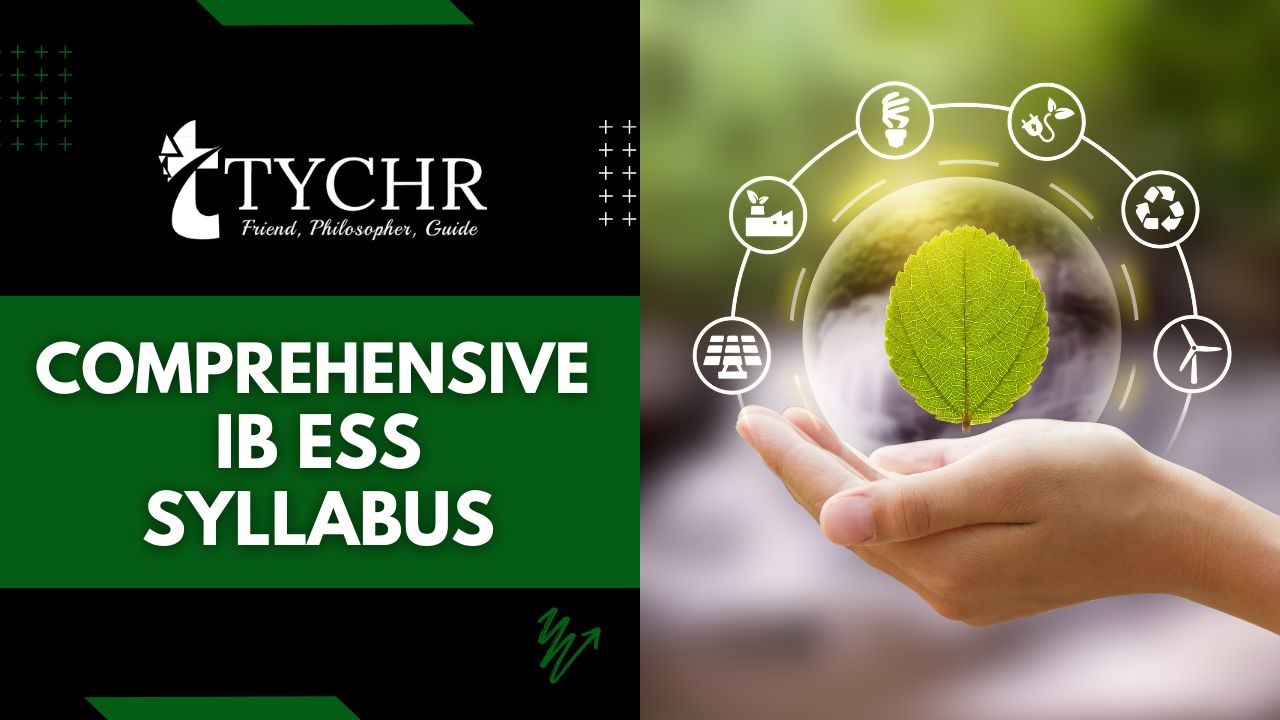Table of Contents
- 1 Chapter 1: Fundamentals of ESS
- 2 Chapter 2: Ecosystems and Ecology
- 3 Chapter 3: Biodiversity and Conservation
- 4 Chapter 4: Water, Aquatic, Food Production Systems and Societies
- 5 Chapter 5: Soil Systems, Terrestrial Food, Production Systems and Societies
- 6 Chapter 6: Atmospheric Systems and Societies
- 7 Chapter 7: Climate Change and Energy Production
- 8 Chapter 8: Human Systems and Resource Use
Chapter 1: Fundamentals of ESS
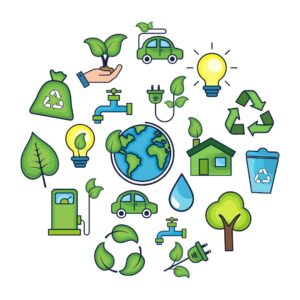
| Topic Number | Subtopic | Key points |
| 1 | 1.1 Environmental Value Systems |
|
| 1.2 Systems and Models |
Systems diagrams should always be in the same format, with storages (boxes) linked by arrows (flows). They should be kept as visually simple as possible. Storages-which are places where matter or energy is kept in a system. Flows- which provide inputs and outputs of energy and matter. The flows are processes that may be either: Transfers (a change in location) Transformations (a change in the chemical nature, a change in state or a change in energy) |
|
| 1.3 Energy and Equilibria |
|
|
| 1.4 Sustainability |
|
|
| 1.5 Humans and Pollution |
|
Chapter 2: Ecosystems and Ecology
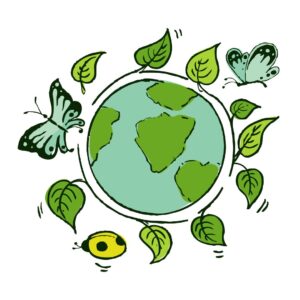
| Topic Number | Subtopic | Key points |
| 2 | 2.1 Species and Population |
|
| 2.2 Communities and Ecosystem |
|
|
| 2.3 Flows of Energy and Matter |
|
|
| 2.4 Biomes, Zonation, and Succession
|
|
|
| 2.5 Investigating Ecosystems |
|
Chapter 3: Biodiversity and Conservation
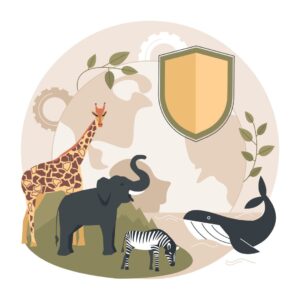
| Topic Number | Subtopic | Key points |
| 3 | 3.1 Introduction to Biodiversity |
|
| 3.2 Origins of Biodiversity |
|
|
| 3.3 Threats to Biodiversity |
|
|
| 3.4 Conservation of Biodiversity |
|

Chapter 4: Water, Aquatic, Food Production Systems and Societies
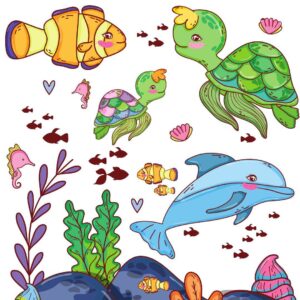
| Topic Number | Subtopic | Key points |
| 4 | 4.1 Introduction to Water Systems
|
|
| 4.2 Access to Freshwater
|
|
|
| 4.3 Aquatic Food Production Systems
|
|
|
| 4.4 Water Pollution
|
|
Chapter 5: Soil Systems, Terrestrial Food, Production Systems and Societies
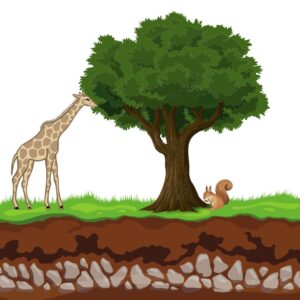
| Topic Number | Subtopic | Key points |
| 5 | 5.1 Introduction to Soil systems |
|
| 5.2 Terrestial Food Production Systems |
|
|
| 5.3 Soil Degradation and Conservation
|
|
Chapter 6: Atmospheric Systems and Societies
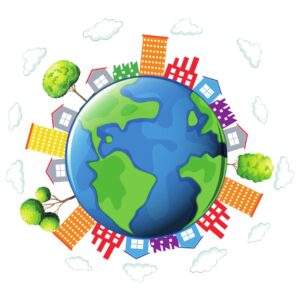
| Topic Number | Subtopic | Key points |
| 6 | 6.1 Introduction to Atmosphere
|
|
| 6.2 Stratospheric Ozone
|
|
|
| 6.3 Photochemical Smog
|
|
|
| 6.4 Acid Deposition
|
|
Chapter 7: Climate Change and Energy Production
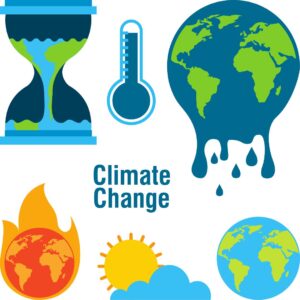
| Topic Number | Subtopic | Key points |
| 7 | 7.1 Energy Choices & Security
|
|
| 7.2 Climate Change, Causes and Impact
|
|
|
| 7.3 Climate change- Mitigation and Adaptation
|
|
Chapter 8: Human Systems and Resource Use
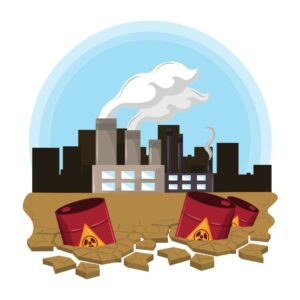
| Topic Number | Subtopic | Key points |
| 8 | 8.1 Human Population and Dynamics
|
|
| 8.2 Resource Use in Society
|
|
|
| 8.3 Solid Domestic Waste
|
|
|
| 8.4 Carrying Capacity & Ecological Footprints
|
|

